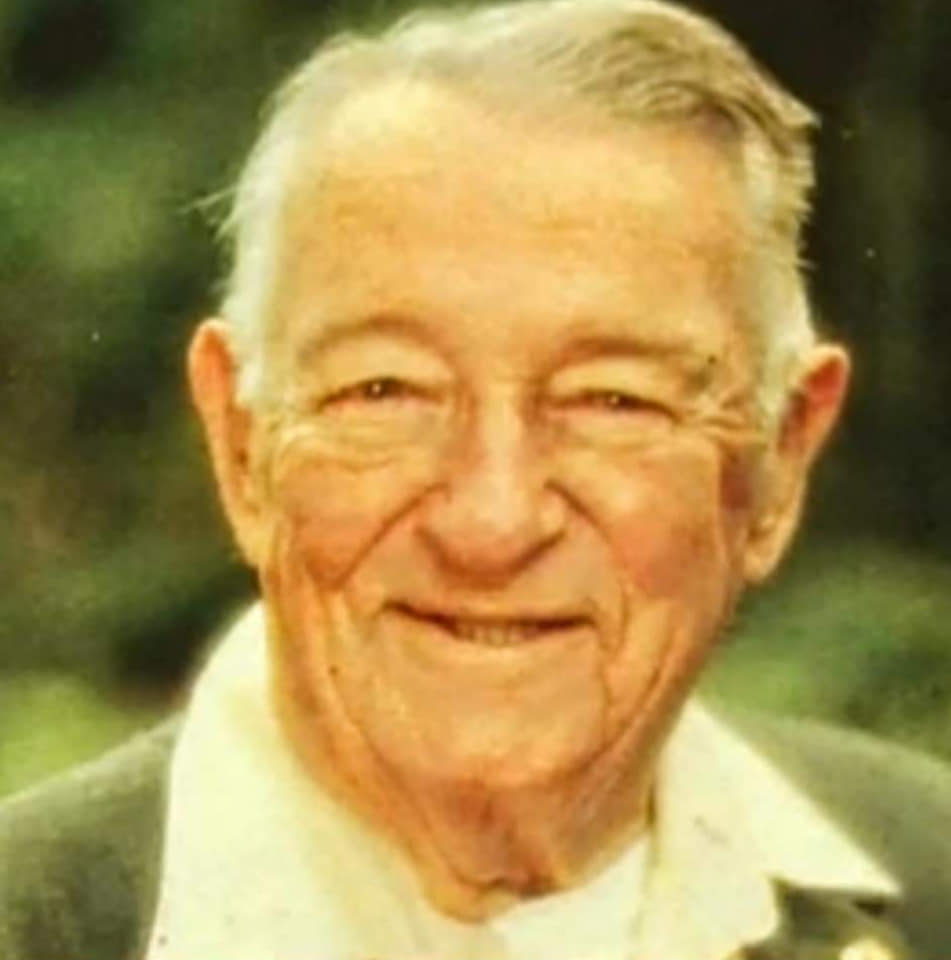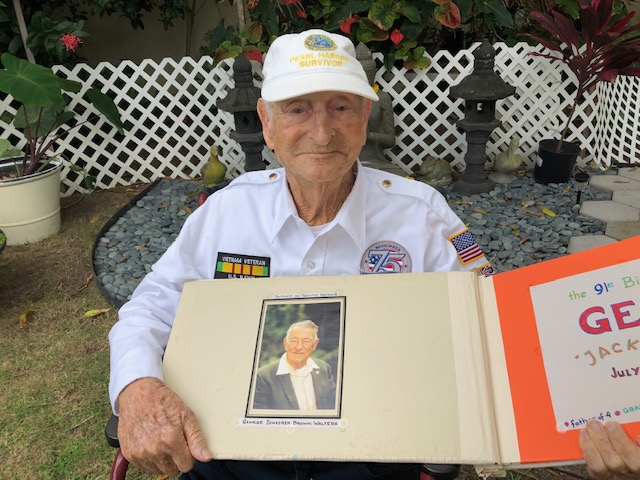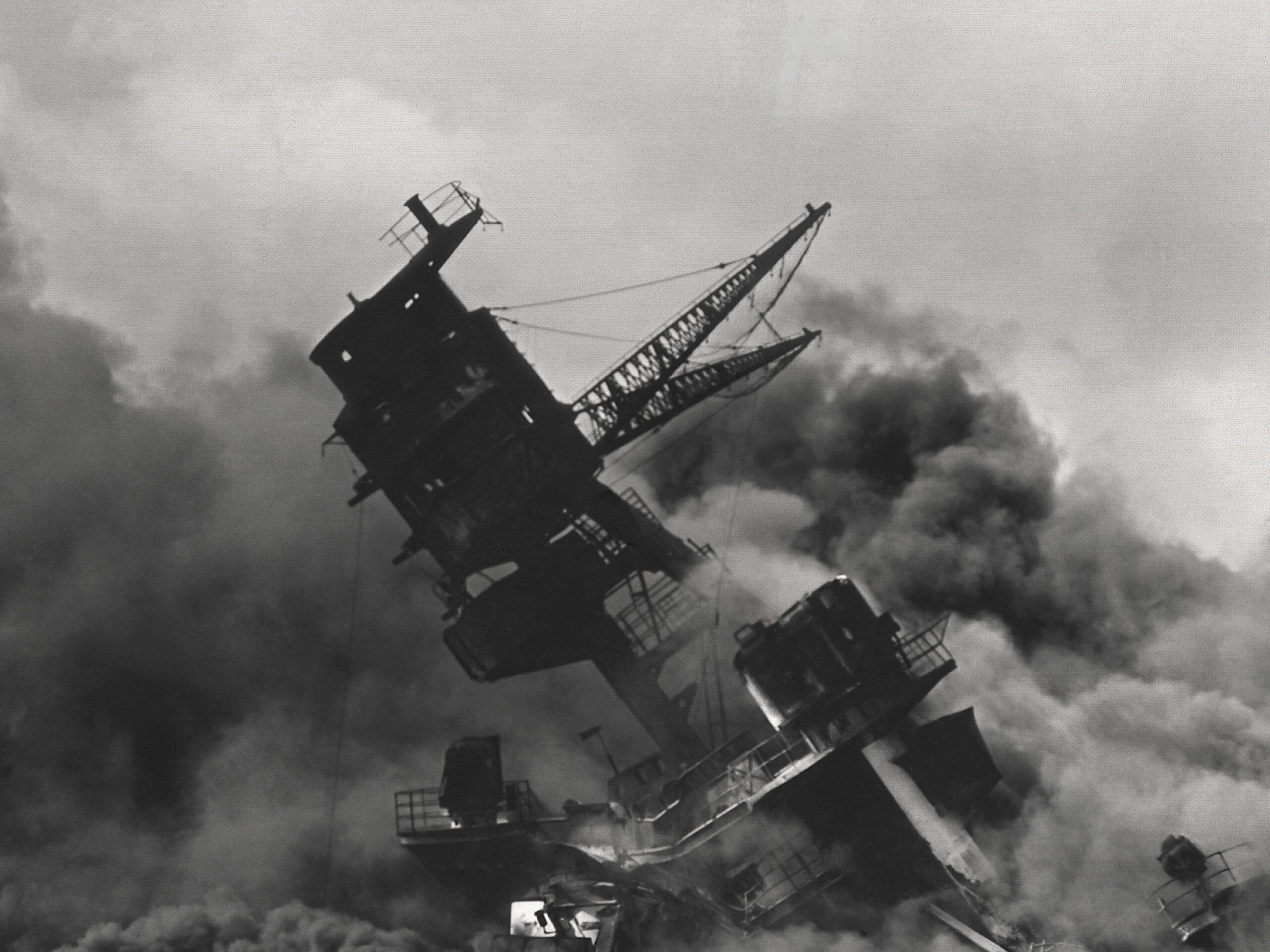World War II was a total war, meaning that once the United States entered the war, everyone fought it somehow. The troops, of course, did the fighting, but civilians on the home front made sacrifices, collected scrap and grew gardens to keep food fresh for the soldiers and sailors on the real front. There was also the American workforce, who built the machines and materials needed to do the job. From the very moment the U.S. was thrust into World War II, civilians were ready to do their part. There were some like George Walters who literally fought in World War II, even though he wasn’t wearing a uniform. Walters was a dock worker at Pearl Harbor who happened to be on duty when the Imperial Japanese Navy launched its surprise attack on Dec. 7, 1941. What he did that day may not have changed the outcome, but it made sure some Japanese airmen didn’t make it to the victory celebration.

George Walters: A Hero Who Worked on a 50-Ton Crane
Walters was born in Colorado but came to Hawaii when he was one year old. He worked on a 50-ton crane at the Pearl Harbor drydock in the days leading up to the attack. At the time, the drydock was working on the USS Pennsylvania, the lead ship of its class of super-dreadnought battleships. Being in drydock kept Pennsylvania safe from torpedoes during the fighting, but it didn’t keep her sailors out of the fight. When the Japanese Zeros started dropping ordnance, it created a lot of confusion, but Walters knew what was happening. And tried to get the sailors’ attention.

Instead of fleeing to safety, Walters stood his ground. He began using his massive crane to shield the Pennsylvania from incoming attackers. The size and shape of the massive construction equipment prevented low-flying fighters and bombers from approaching the ship from the direction of the Japanese attack. He even began using the crane to try to swat fighters out of the sky.

Eventually, the battleships’ sailors figured out they were under attack and immediately got to their guns. But as they tried to shoot at incoming aircraft, the large crane kept getting in their way. At first, they found the crane and its erratic movements a hindrance to their defense, but they soon realized that Walters, sitting in the crane’s booth 50 feet off the ground, had a better view of the incoming attackers. They began using the crane’s movements as a guide to track incoming Zeros. Once they did, the Japanese attacking Pennsylvania began to take devastating losses.
Not only did Pennsylvania survive the worst of the attack on Pearl Harbor, but the combined effort between its crew and George Walters allowed them to down at least ten enemy fighters. Walters only stopped fighting after Japanese aircraft started to attack the crane with 500-pound bombs. He was able to move the crane out of the way of the bulk of the blast, but he was knocked unconscious by the explosion.

Walters survived the attack on Pearl Harbor and continued working the crane until 1950. He worked at the dockyard until 1966, the year he retired. He lived until 1999 when he died at age 95.
Read About Other Military Myths and Legends
If you enjoyed learning about George Walters, we invite you to read about other military myths and legends on our blog. You will also find military book reviews, veterans’ service reflections, famous military units, and more on the TogetherWeServed.com blog. If you are a veteran, find your military buddies, view historic boot camp photos, build a printable military service plaque, and more on TogetherWeServed.com today.

It’s nice to read true history without all the negativity about our great nation and the people who have kept us free. I’m afraid our society has lost its patriotism due to the lack of real history being taught in our schools. God help us if the radicals maintain control of our education and government.